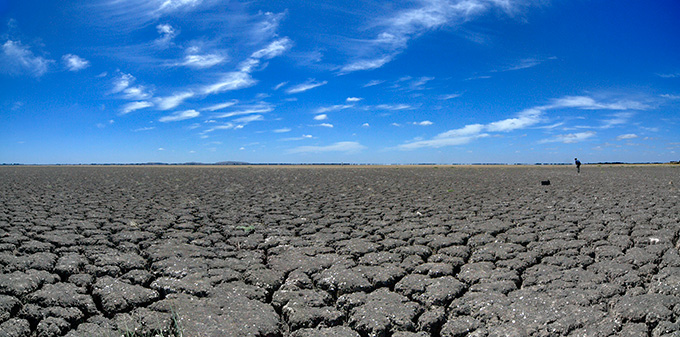Temperature
Average temperatures will continue to increase in all seasons. More hot days and warm spells are projected with time spent in drought projected to increase over the course of the century.
Average temperatures will continue to increase in all seasons. Temperatures have increased over the past century, with the rate of warming higher since 1960. There are projections of continued substantial increases in mean, maximum and minimum temperatures in line with the understanding of the effect of further increases in greenhouse gas concentrations.

For the near future (2030), the annually averaged warming across all emission scenarios is projected to be around 0.4 to 1.1 °C above the climate of 1986–2005. By late in the century (2090), for a high emission scenario (RCP8.5), the projected range of warming is 2.4 to 3.8 °C. Under an intermediate scenario (RCP4.5) the projected warming is 1.1 to 1.9 °C.
Fewer frosts are projected. Extreme temperatures are projected to increase at a similar rate to mean temperature, with a substantial increase in the temperature reached on hot days, the frequency of hot days and the duration of warm spells.
Frost-risk days (minimum temperatures under 2 °C) are expected to decrease across the south-west of Victoria.
There is high confidence that climate change will result in a harsher fire-weather climate in the future. However, there is low confidence in the magnitude of the change to fire weather. This depends on the rainfall projection and its seasonal variation.
Potential evapotranspiration is projected to increase in all seasons as warming progresses.
An increase in solar radiation and a decrease in relative humidity are projected in the cool season through the century. This will be influenced by changes in rainfall (and associated changes to cloudiness) and temperature. Changes in summer and autumn are less clear.
For more information click here http://www.swclimatechange.com.au/cb_pages/regional_planning.php
